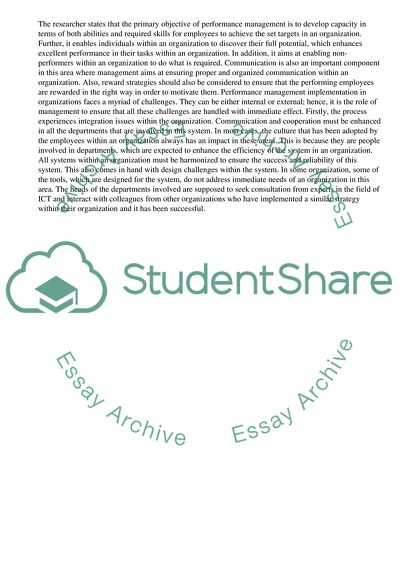Cite this document
(“Reward Principles and Performance Management in Organisations Assignment”, n.d.)
Reward Principles and Performance Management in Organisations Assignment. Retrieved from https://studentshare.org/business/1663854-critically-evaluate-the-contribution-of-reward-principles-policies-practices-and-decision-making-to-performance-management-in-organisations
Reward Principles and Performance Management in Organisations Assignment. Retrieved from https://studentshare.org/business/1663854-critically-evaluate-the-contribution-of-reward-principles-policies-practices-and-decision-making-to-performance-management-in-organisations
(Reward Principles and Performance Management in Organisations Assignment)
Reward Principles and Performance Management in Organisations Assignment. https://studentshare.org/business/1663854-critically-evaluate-the-contribution-of-reward-principles-policies-practices-and-decision-making-to-performance-management-in-organisations.
Reward Principles and Performance Management in Organisations Assignment. https://studentshare.org/business/1663854-critically-evaluate-the-contribution-of-reward-principles-policies-practices-and-decision-making-to-performance-management-in-organisations.
“Reward Principles and Performance Management in Organisations Assignment”, n.d. https://studentshare.org/business/1663854-critically-evaluate-the-contribution-of-reward-principles-policies-practices-and-decision-making-to-performance-management-in-organisations.


